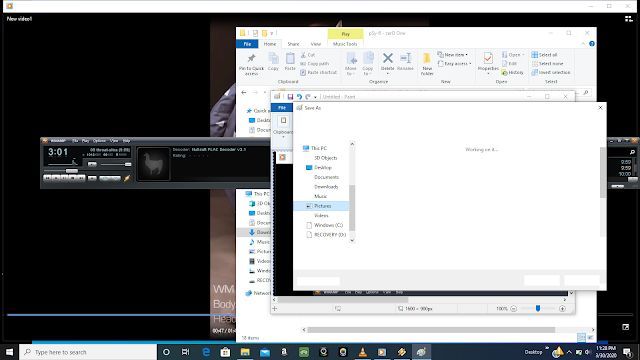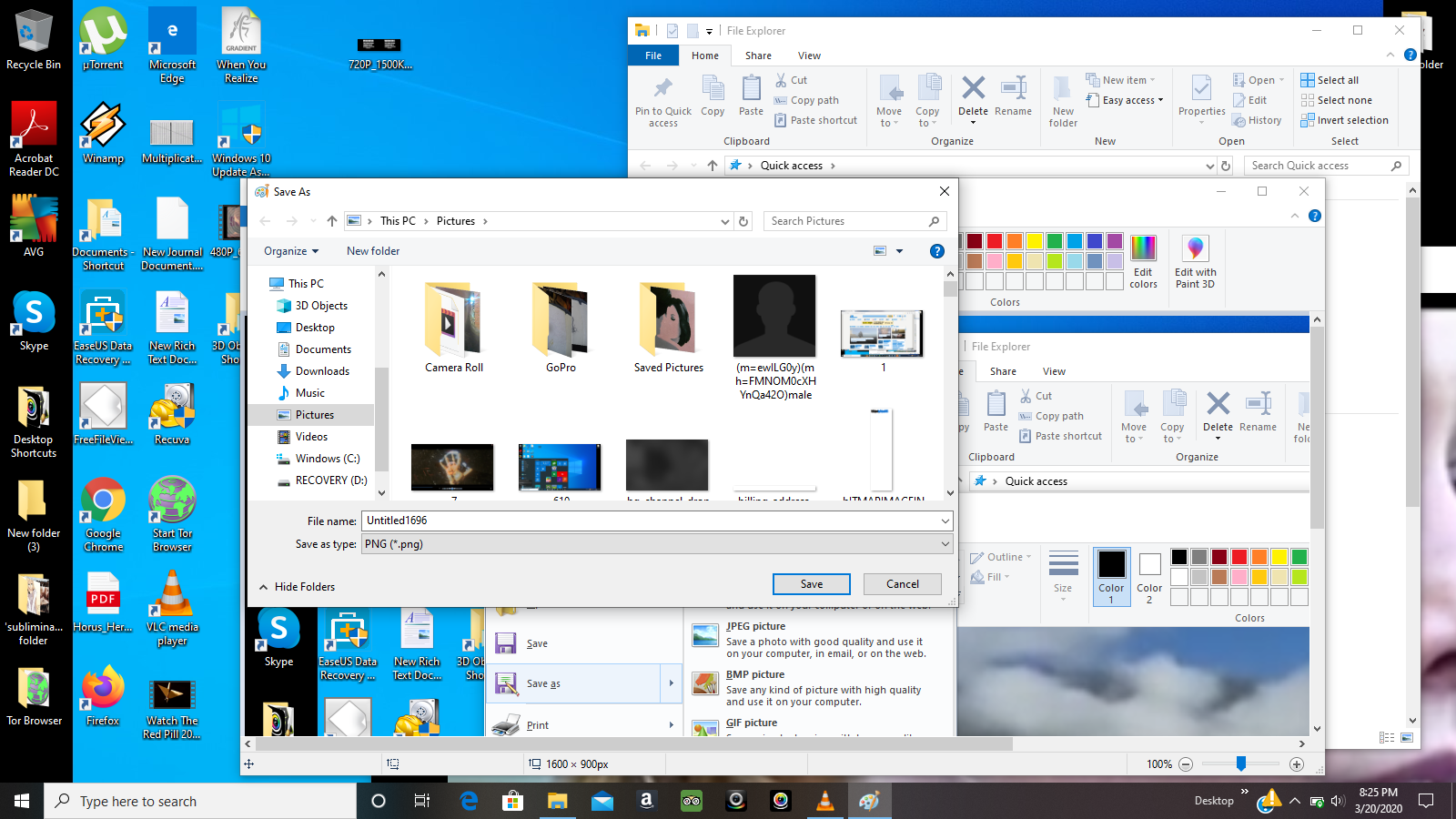

To more easily identify spacing inconsistencies as you scan your document, enable the “Gridlines” view: All text must start on the first line at the very top of the page, just after the 1 inch margin line.

Under the “Layout” tab of this pop-up menu, make sure “Vertical alignment” is set to “Top.” On the “Layout” tab, in the “Margins” menu (found on the far left of the navigation bar), click “Custom Margins.” A “Page Setup” menu will appear. Check the page margin layout settings.Check that your top margin is set to 1 inch.The below instructions should help to specify the relevant settings in Microsoft Word and offer some helpful tips to maintaining consistency throughout your document. It is common for students to have trouble maintaining this consistency - often thanks to difficulty with Microsoft Word. Throughout your ETD, all text must start at the very top of the page. See the Tables and Figures page for more info. Tables or images may have to be re-sized to fit within the margin. All body text, tables, figures, appendices content, and any copies of published chapters must fit within the required 1-inch margins on all sides.The top, bottom, and right margins are required to be 1 inch, but the left margin can either be 1 inch or 1.25 inches.Page margins should be consistent throughout the text. Your document should not have a running header that appears at the top of each page.These can be formatted differently than required or chapter headers, as long as there is a consistent style from chapter to chapter. It is common for a chapter to have multiple levels of section headers.Chapter headers are the only headers that can start lower on the page and be stylized in any manner, as long as they are consistent on each chapter title page.
:max_bytes(150000):strip_icc()/002-advanced-headers-and-footers-3540338-1274dba2cbb54c44ad2a35e069816b70.jpg)
They must start at the very top of the page, on the first line, within the 1-inch margin. Headers for all required pages must be consistently formatted they should be the same size, font, and style, and located in the same position on each page.Alliances for Graduate Education and the Professoriate (AGEP).Electronic Theses and Dissertations (ETD).In trying to change things, Word cannot read your mind and figure out what needs to change and what needs to stay the same, you have to figure out a way to tell Word what you want. That toolkit, though, will not "fix" the problem. If you want you can use the Word Toolkit for Advanced Management of Word Headers and Footers to see what is going on. There is no automatic process to deal with that. When you copy your document content into the new document, you are taking those headers/footers into the new document. What you do not understand is that the information in your interior (not linked) headers and footers is contained in section breaks within your documents. Only header/footers are not changing to new header/footers defined in. The problem I'm facing right now is, everything else in document body is changing according to new template *.dotm, when I'm attaching a new template link. I've 4 sections with different Headers with images/table. No, my section header's are not linked to previous ones, only footers are linked to previous. doesn't have a process that will work for you, you can create a process to work with it and let it handle the files. With that information available you can then produce a macro that will make the changes and if
ADDING A HEADER TO EVERY PAGE IN WORD FOR MAC VERSION 15 HOW TO
Given that your aim is to change the headers and footers of a selection of documents, if all the documents currently have headers and footers then in order to determine how to change those headers and footers, it would be necessary to know what is in each of the header footer ranges and what you want to replace them with. It would make more sense to copy your document content to a new document created from the template - and even then there could be issues with headers and footers especially in a document that has several sections - each of which potentially has three different header/footers. The headers and footers in the template are not part of the deal. Basically adding a template to an existing document will simply offer the potential of updating the styles in the document to match those similarly named styles in the template. They are intended to be used to create new documents. Templates are not intended to be added to documents.

The problem is that you are putting the cart before the horse.


 0 kommentar(er)
0 kommentar(er)
